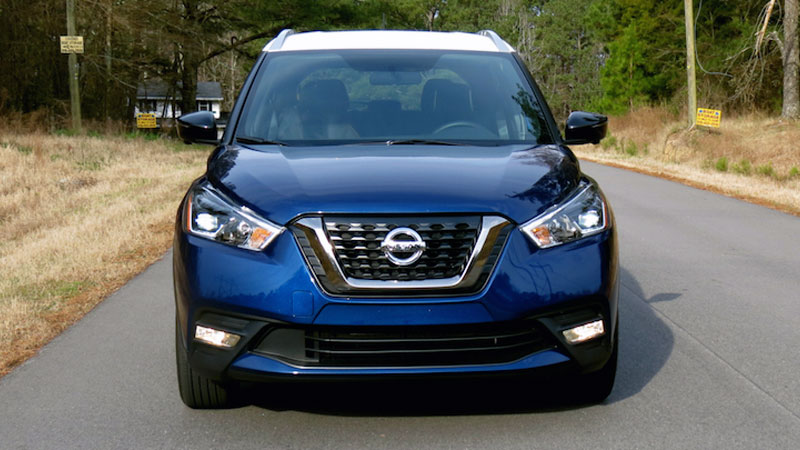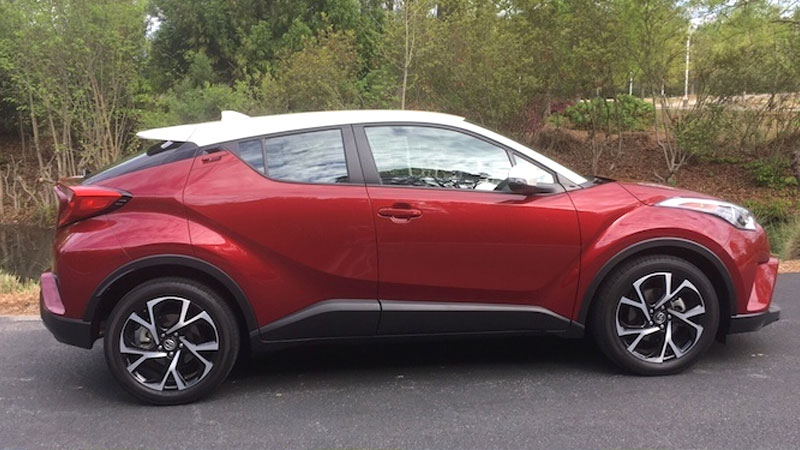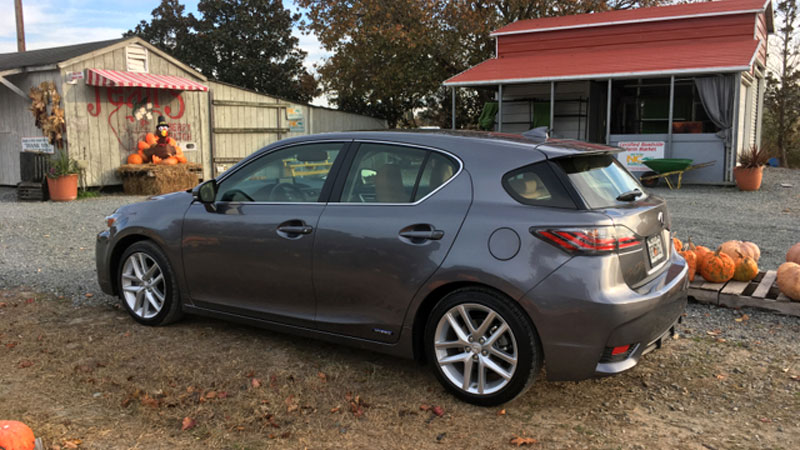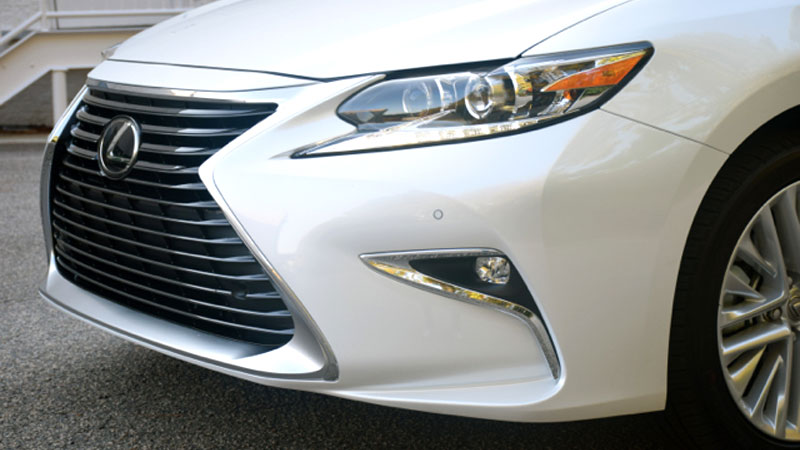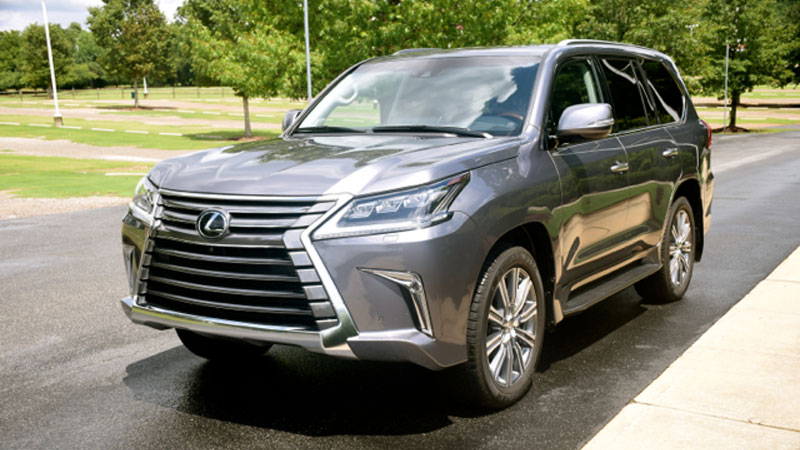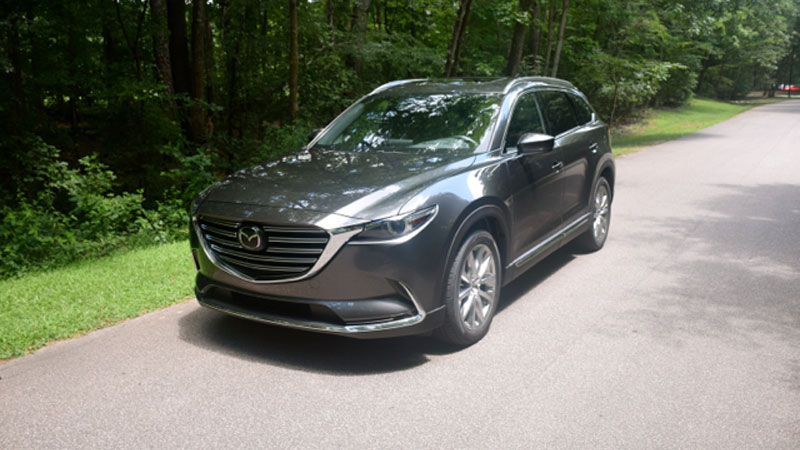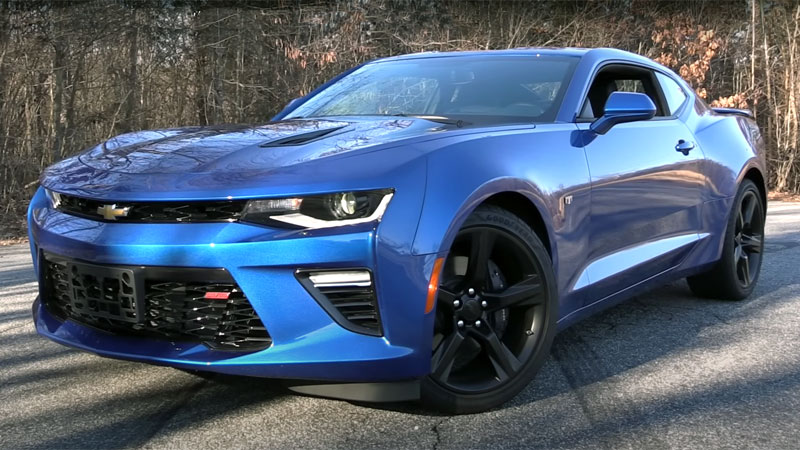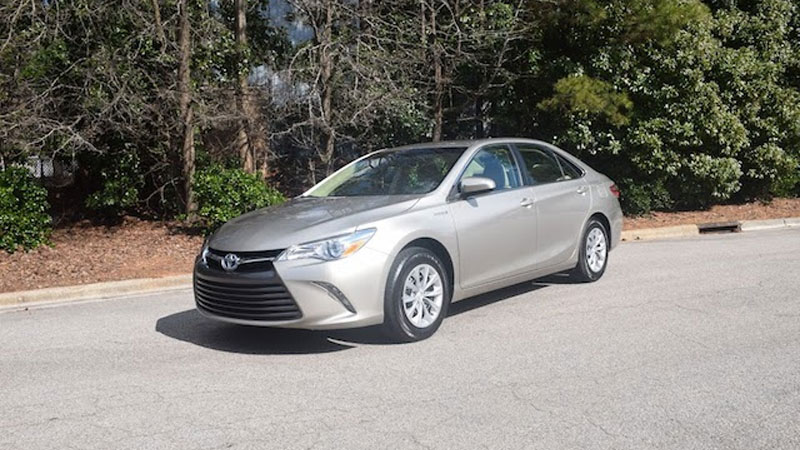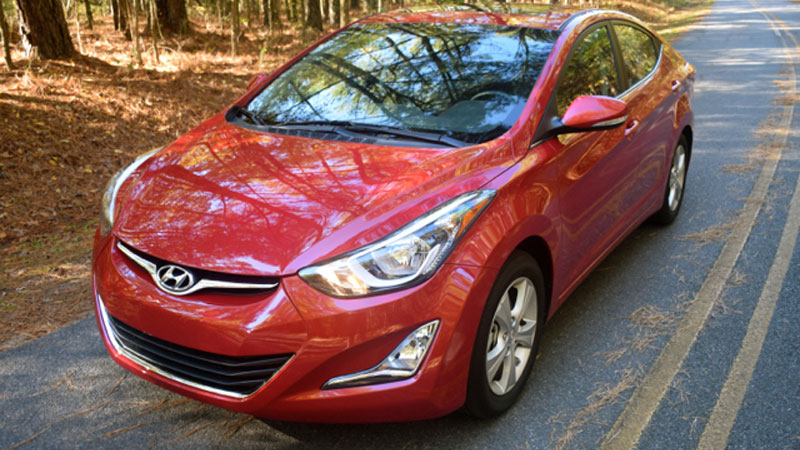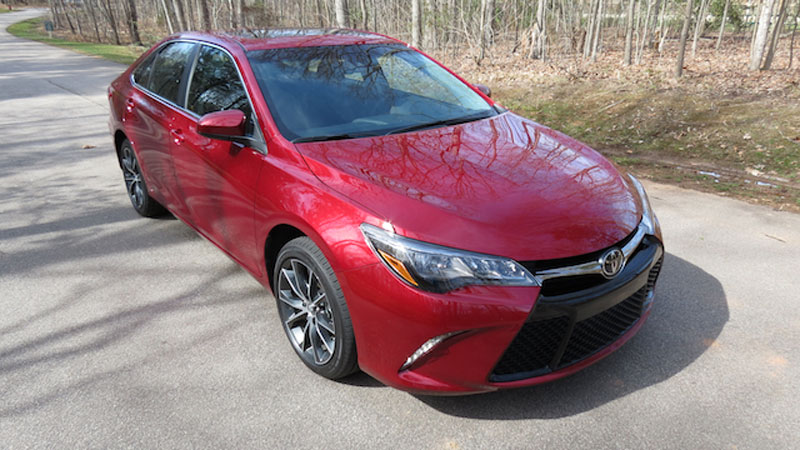The 2019 Nissan Kicks SR (A Nimble Urban Adventurer)
The Nissan Kicks is an affordable utility vehicle for first-time car buyers. It does to the utility sphere what the Nissan Versa does in the car market, by providing a cost-effective model that blends style, utility, and comfort. With a starting price of under $20,000, the Kicks may convert … Read more

